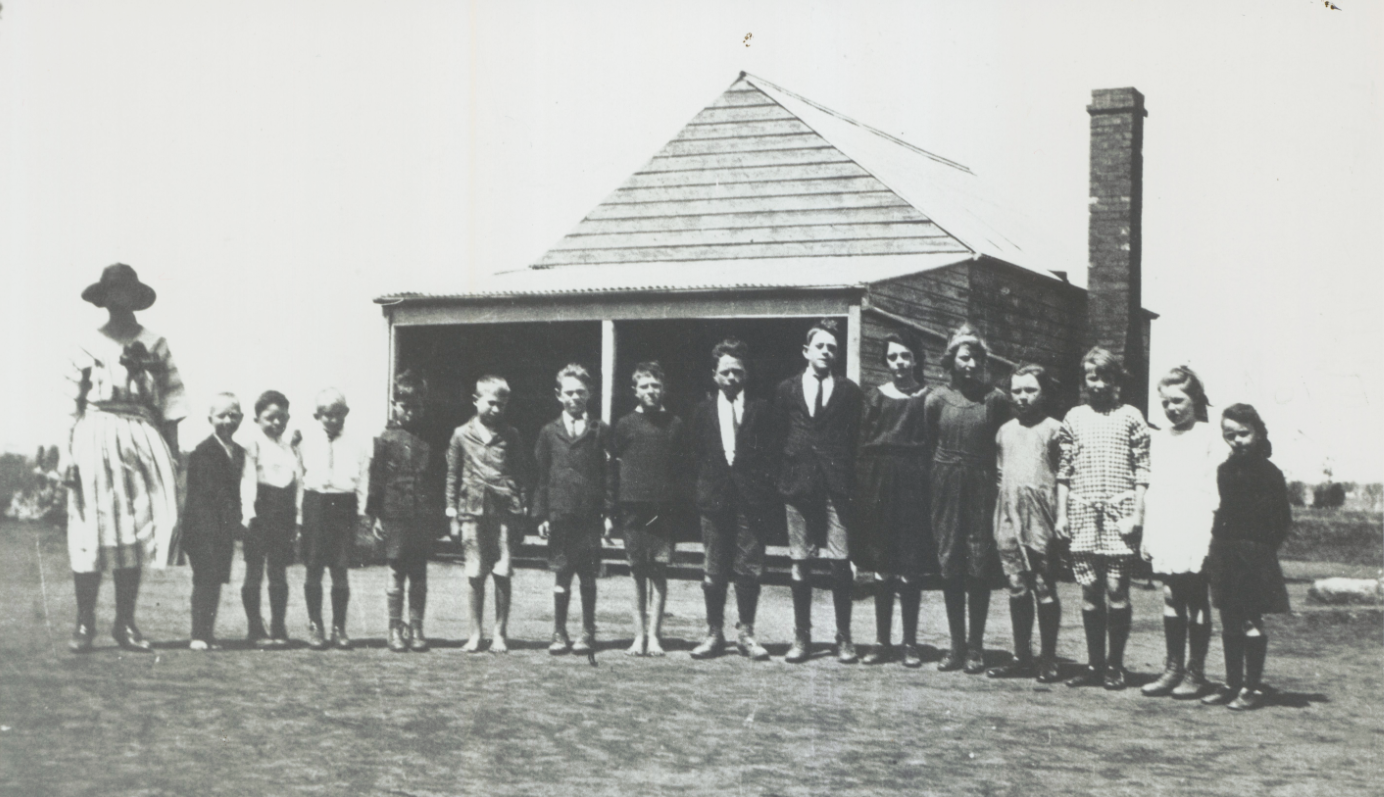Tracing NSW gaol inmates
Researching criminal offenders in the State Archives Collection
Gaol records can provide so much detail about your ancestors – where they came from, what they looked like and some of the things they did. In this webinar we show you how to use the State Archives collection to trace your ancestors through the NSW prison system, uncovering their crimes and incarcerations.
Chapters
0:00 Introduction
0:31 Administrative and historical overview
2:54 Useful definitions and abbreviations
5:20 Typical Gaol inmate records
5:46 Entrance books
8:23 Description books
9:48 Entrance & description books
10:57 Discharge books
12:05 Photographic description books/sheets
16:50 Prisoner cards
20:52 Miscellaneous Gaol records
25:43 How do you know when/where someone was incarcerated?
30:12 Searching for Gaol records in the NSW State Archives Collection
34:36 Further records
Related

Gaol inmates & prisoners guide
Find out what types of prison records are available and how to access them

Gaol inmates & prisoners photos index 1870-1930
Search over 52,000 mugshots from NSW prisons. Alongside the photos are details such as name, aliases, native place, year of birth, details of arrival in the colony, occupation, physical description, marks or special features, where and when tried, offence, and sentence

Gaol photographs
We have indexed and digitised this collection of photographs of men, women and children who were incarcerated in the NSW prison system c1870–c1930
Crime stories

Margaret Greenwood: a life of crime
This 1875 record contains a rare and revealing photograph of a former Imperial convict, a prisoner again in her old age

Captured: Portraits of Crime, Arthur Astill
Arthur Astill, a 16 year old labourer from Orange in central west NSW, was photographed at Dubbo Gaol on 24 January 1893 while awaiting trial for murder

WW1
Sensational car chase
John Talbot Wright was arrested on 11 September 1920 after a sensational car chase through city streets

WW1
Returned from active service
In July 1921 James Arthur Banfield was arrested by Sydney police, photographed and charged on three counts of larceny
Latest webinars
Murphy Wallpaper Collection
The recent donation to the Caroline Simpson Library of thousands of wallpapers in the John and Phyllis Murphy Collection means that Museums of History NSW now has the largest holding of historical wallpapers in Australia

Settlers’ Muster Book, 1800
This webinar led by Dr Carol Liston AO, Adjunct Associate Professor in History at Western Sydney University, explores the contents of the Settlers’ Muster Book 1800

The records of Liverpool Asylum
This webinar explores the records of the Liverpool Asylum for the Infirm and Destitute (1862-1933) and was later known as the Liverpool State Hospital and Home (1933-1961)
![Government Printing Office; NRS 4481, Glass negatives NRS-4481-4-161-[AF00198139] Agricultural College Boys [Department of Agriculture] [no date]](https://images.mhnsw.au/fotoweb/embed/2024/11/b88091c8c68940ef96998726599064bf.jpg)
Raising the Farmer
Explore with us some of the 6,000 unique and beautiful glass negatives taken to illustrate articles in the Agricultural Gazette of NSW – now digitally available on our website, a unique slice of rural life
![Government Printing Office; NRS 4481, Glass negatives. NRS-4481-3-[7/15883]-M2439 | Government Printing Office 1 - 30700 - Supreme Court, King and Elizabeth Streets, Sydney [From NSW Government Printer series: City Views]](https://images.mhnsw.au/fotoweb/embed/2024/09/82612b7c7ba94f9ea7a37c58108c6445.jpg)
Equity Court records
Since 1823 the Equity Jurisdiction has dealt with matters of fairness and the enforcing of rights not recognised at Common Law

First Nations Community Access to Archives
Join the First Nations Community Access to Archives project team in deep listening to learn about the journey of storytelling, truth-telling and language revitalisation
![Government Printing Office 1 - 02086 - Oyster bed [From NSW Government Printer series: Ballina], 1926](https://images.mhnsw.au/fotoweb/embed/2024/07/daae115dafd84c36a71fbe135d080e53.jpg)
Oyster culture leases files
The government started to encourage oyster fisheries from 1868 and later introduced oyster leases. This webinar focuses on our series of NRS-1302 Oyster cultures leases files, which tell the stories of the people who held these leases between 1920 and 1978

Colonial Secretary's minutes, 1826-1927
A deep dive into the minutes, highlighting how these documents that dealt with Government policy, detailed plans and proposals also captured the lives of individual people, and how to find them

Using the inquest index
Now with surviving inquest papers from 1916-1939 and April–December 1963 (Glebe Coroners Court), this webinar shows you how to use the inquest index and explore the new additions

Married women teachers declarations
These records are digitised and available to search and view in our catalogue. This webinar explores the declarations, why they were required and how to find them.